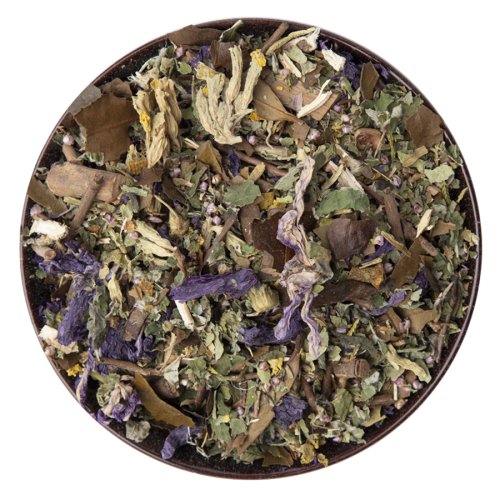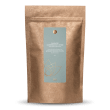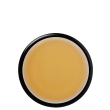Camellia Sinensis - Tea
Tea (Camellia sinensis) is traditionally cultivated as a shrub. In many countries, tea is drunk to maintain general well-being. The sunny period in the growing regions leads to an enrichment of the valuable ingredients in the evergreen tea leaves. Green tea is particularly rich in catechins and chlorophyll, but also in amino acids, organic acids and vitamins.
Dandelion
The dandelion (Taraxacum officinale) is a resilient perennial herb native to the entire northern hemisphere. It exhibits remarkable adaptability, thriving in diverse habitats at altitudes of up to 2800m above sea level such as meadows, forests and even urban environments, where it can be found in such unlikely areas as cracks in the pavement. The dandelion can grow up to 10cm tall and is characterised by its distinctively white sap present in all parts of the plant. Although references to the dandelion date back to the 11th century in Persia, it wasn't until the 16th century that it was mentioned in European herbal lore.
Marshmallow
Marshmallow (Althaea officinalis L.) belongs to the mallow family. The true marshmallow is a steppe dweller and can be found in the Altai Mountains. It was brought to Central Europe by humans. This perennial plant can grow up to 2 metres high and, depending on the habitat, flowers appear between June and September. Mallow has many uses, for example as a cooked root in times of need, and is a real all-rounder in botany.
Raspberry Leaves
The raspberry (Rubus idaeus L.) is an agricultural crop with a rich history dating back at least 2000 years to the Greeks and Romans – archaeological evidence even suggests that both the fruits and leaves were used as far back as the Stone Age. Monks and herbalist priests of the Middle Ages also cultivated raspberries in their monastery gardens. Renowned for its delicious fruits, the plant's leaves are also used in traditional herbalism for tea. The raspberry plant belongs to the rose family and thrives in forest clearings or clear-cuts up to 2000m above the timberline in the boreal zones of the northern hemisphere.
Broom Heather
The broom heather (Calluna vulgaris L.) grows where hardly anyone else can find it: peat bogs, sand dunes, stony mountain meadows and pine forests. This small woody semi-shrub can grow to a height of 50 cm and live for up to 40 years. Its purple flowers appear in August. Central and northern Europe are its main habitat and it is often found in areas shaped by the ice age. It owes its spread as far as Canada and North America to humans. It was first mentioned in medieval herbal books.
Hazelnut Leaves
The hazel bush (Corylus avellana) belongs to the birch family. Mainly native to the northern hemisphere, it can be found from Anatolia to the northern Alps, in Tyrol at elevations of up to 1500 metres. The hazel rarely grows as a tree and can reach a height of 5 metres and live up to 100 years. It is the hazel that was once used to make divining rods, the leaves were used to cook things wrapped in them.
Applemint
Applemint (Mentha suaveolens) is also known as round-leaved mint, not to be confused with grove mint. Its habitat is very diverse: Macaronesia, the whole of Europe, North Africa, Turkey and China. It is highly prized as a ground-covering useful plant or aromatic plant in gardens and in botany and can be found in many herbal mixtures due to its low menthol content.
Mallow
The wild mallow (Malva sylvestris) reaches a height of 40-100cm and has a hairy, branched stem. The 5 to 7-lobed leaves are hairy on both sides and have strongly toothed margins. The flowers are in clusters in the leaf axils and are pink to purple in colour. The mallow belongs to the mallow family (Malvaceae) and flowers from May to September. It is native to Europe and the Near East. The plant thrives on roadsides, fields and wasteland.
Yarrow
Yarrow is found throughout Europe and northern Asia and has a long tradition in herbalism. According to Greek mythology, the soldier Achilles also used yarrow, and it is to this legend that yarrow owes its Latin name Achillea millefolium.















